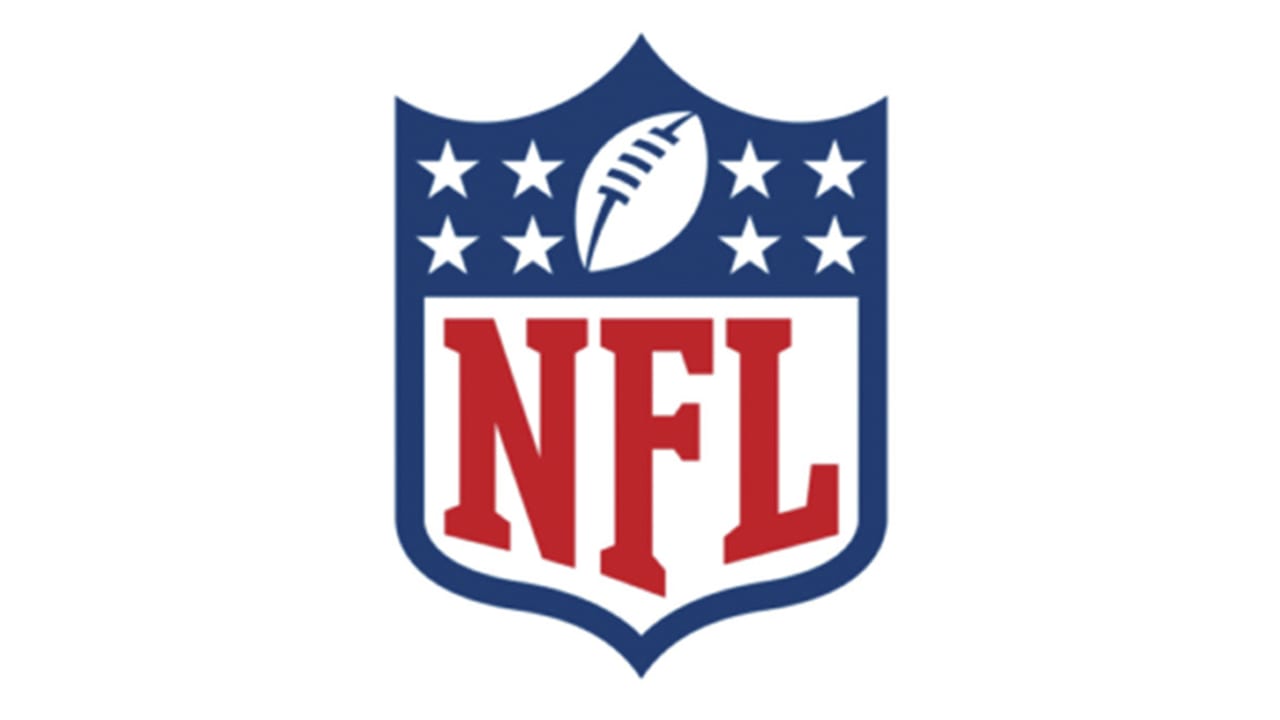
By
Ben Shpigel
July 5, 2022
Chronic traumatic encephalopathy, or C.T.E., has affected boxers since the 1920s, but it surged into the national consciousness in 2007, when
The New York Times reported that Andre Waters sustained brain damage from playing football, which led to his depression and ultimate death by suicide.
The degenerative brain disease associated with repeated blows to the head has been found in the brains of more than 320 former N.F.L. players, Waters the third but whose death brought the condition into the mainstream. The group includes at least 24 players who died in their 20s and 30s, according to Dr. Ann McKee, a neuropathologist and the director of the C.T.E. Center at Boston University.
Junior Seau, 43,
Waters, 44, and Dave Duerson, 50, were all found to have C.T.E. after their deaths by suicide, as were Jovan Belcher, 25, a linebacker for the Kansas City Chiefs who killed his girlfriend before shooting himself in 2012;
Aaron Hernandez, 27, a former New England Patriots tight end who died by suicide after being convicted of a 2013 murder; and Phillip Adams, 32, an N.F.L. defensive back
who shot and killed six people in April 2021 before dying by suicide.
Vincent Jackson, a longtime receiver with the San Diego Chargers and Tampa Bay Buccaneers who was found dead in February 2021,
was determined to have had a mild form of C.T.E. Demaryius Thomas, a former receiver for the Denver Broncos, was diagnosed with it after his death in December 2021
What has been C.T.E.’s impact on the N.F.L.?
The Hall of Fame center Mike Webster was the first N.F.L. player found to have had C.T.E., with the result published in a scientific journal three years after his death in 2002. More than 320 former players, including Ken Stabler and
Frank Gifford, who have been posthumously diagnosed with C.T.E. Researchers at Boston University
announced in a 2019 study that tackle football players doubled their risk of developing the worst forms of C.T.E. for each 5.3 years they played.
For many years, the N.F.L. denied any connection between long-term brain damage and blows to the head until confronted with overwhelming scientific evidence. After a class-action lawsuit brought by former players surfaced, the league agreed to a roughly $1 billion settlement
*******
I shortened the article by taking out a lot of the clinical stuff. But the bottom line is that the NFL knows they have a problem. It has cost them over a billion dollars to date. Burying their heads in the sand won't make it go away. Merlin makes the point that the NFL is a business. Well as a former business owner I know that they will never make the problem go away, but at some point, mitigation is required to protect themselves from continued litigation. The next step logically would be to put players on a TBI count and mandatory, minimum downtime for the first one and perhaps retirement after the second. What goes unsaid is that once you have suffered TBI you are more susceptible to another for a prolonged period of time. Your body can heal over time but the timeline is months or years not days or weeks.
Repeated TBI level hits are what causes CTE. Smaller concussive hits have not been shown as a causative agent to the development of CTE. Even one TBI level hit is enough to cause problems 13-20 years down the line. Nerve impairment symptoms are clear indicators Of TBI. Tua has exhibited two such hits in less than a week. This is the conversation with Tua, that must be made mandatory IMO. This is why some neurologists are advising Tua to retire. It is why I'm saying Tua could be well on his way to CTE. Another event such as these two could be catastrophic because
once CTE begins there is no cure. The NFL knows this.
Smaller concussions have not definitively been ruled as a cause of CTE. But TBI level injuries have. A TBI level injury should be a season-ender with one year between injury and return to play. A second TBI injury should be a mandatory medical retirement. To do less would continue to expose the NFL to costly litigation and the negative publicity that goes with it.

 www.nfl.com
www.nfl.com

